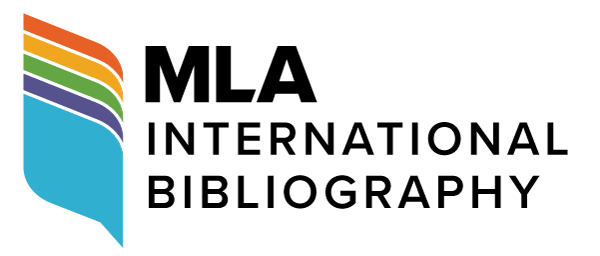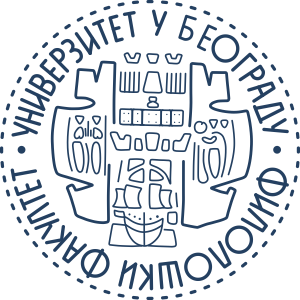Shortening and Clipping in Serbian Text Messaging
DOI:
https://doi.org/10.18485/analiff.2020.32.2.18Keywords:
text messages, Serbian, shortening, clipping, elisionAbstract
The analysis of shortening and clipping in text messaging is of interest both from sociolinguistic standpoint since it is considered as a feature of this type of texts, often critized as having a negative impact on the literacy in young people, and from general linguistic aspect of a (non)morphological process of shortening words and expressions. The majority of analyzed cases that occur in the corpus of Serbian text messages show that it is indeed the young texters who use shortened forms of words more often than people over thirty years of age, but the young generation also use them in line with spontaneous oral language and with usage of quite a few shortened forms as prescribed by the orthographic rules, than some deviant, irregular ways. Rather, these shortenings have the roles of confirming in-group relations, spontaneity and easy everyday communication between friends, reflecting informality of spontaneous, everyday oral communication, and often showing subtlety in implicit knowledge of the language rules.
Downloads
Published
How to Cite
Issue
Section
License

This work is licensed under a Creative Commons Attribution-ShareAlike 4.0 International License.
Authors who publish with this journal agree to the following terms:
- Authors are confirming that they are the authors of the submitting article, which will be published (print and online) in the journal Anali filološkog fakulteta by the Faculty of Philology, University of Belgrade (Faculty of Philology, Studentski trg 3, 11000 Belgrade, Serbia). Author’s name will be evident in the printed article in the journal. All decisions regarding layout and distribution of the work are in hands of the publisher.
- Authors guarantee that the work is their own original creation and does not infringe any statutory or common-law copyright or any proprietary right of any third party. In case of claims by third parties, authors commit their self to defend the interests of the publisher, and shall cover any potential costs.
- Authors retain copyright and grant the journal right of first publication with the work simultaneously licensed under a Creative Commons Attribution-ShareAlike 4.0 International License that allows others to share the work with an acknowledgement of the work's authorship and initial publication in this journal.
- Authors are able to enter into separate, additional contractual arrangements for the non-exclusive distribution of the journal's published version of the work (e.g., post it to an institutional repository or publish it in a book), with an acknowledgement of its initial publication in this journal.
- Authors are permitted and encouraged to post their work online (e.g., in institutional repositories or on their website) prior to and during the submission process, as it can lead to productive exchanges, as well as earlier and greater citation of published work.





